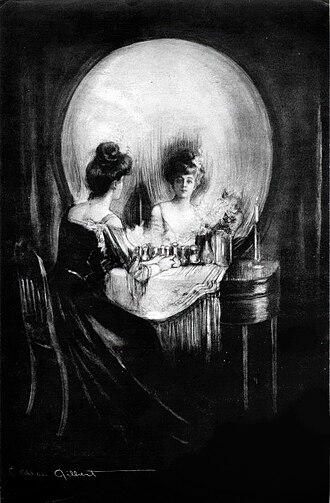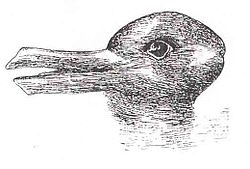Ambiguity


Ambiguity means that what a thing is, is not clear. Literally, the word refers to a choice between two different things. In the proper sense it should mean "two different meanings" because "ambi-" comes from the Greek word for "two".
Overview
We see things happen, and then we decide what they mean. If we cannot decide what is going on, the event is ambiguous. This is an extension of the original use of the word. Words or sentences that are ambiguous can lead to misunderstandings – people get the wrong meaning. This can sometimes be serious, but it can also be funny. Jokes often rely on ambiguity.
Examples
The sentence
The peasants are revolting
is ambiguous because it could mean:
- The peasants are standing in the streets with placards shouting "We want more pay" – "revolting" is a verb in the sentence
- The peasants are horrible, disgusting – "revolting" is an adjective in the sentence
The British comedian Ronnie Barker said that he loved the English language because there are so many jokes you can make using ambiguity. He gave the following example:
A mother says to her little boy: "Johnny, go over the road and see how old Mrs Jones is." The boy comes back and says to his mother: "Mrs Jones says it is none of my business."
The mother meant “old” in a friendly way ("dear old Mrs Jones"), but the sentence could also mean:
find out Mrs Jones's age.
This is obviously how Johnny understood his mother's instruction.
The antonym, or opposite word, of ambiguous is unambiguous, meaning that something is perfectly clear and can only have one meaning. Ambiguity is not the same as vagueness, which means that there is so little detail given that a statement can mean almost anything.




